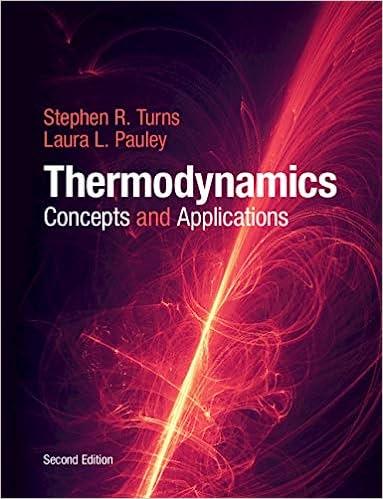Answered step by step
Verified Expert Solution
Question
1 Approved Answer
Q 1 . Ventilation gases from underground coal mines contain methane. In the development stages of a mine, methane concentration in ventilation gases can be
Q Ventilation gases from underground coal mines contain methane. In the development
stages of a mine, methane concentration in ventilation gases can be high and this is a major
risk with explosions possible. Unfortunately, there are many mine disasters where this has
occurred. During the operational stage of a mine, the ventilation should be sufficient to keep
the of methane below explosive limits and the mine workers safe from
the risk of methane gas explosions. Even though the of methane in ventilation streams is
low typically or less it is a major contributor to methane emissions and greenhouse
emissions more broadly. One way to reduce greenhouse gas emissions is catalytic oxidation of
methane remember greenhouse potential of methane is much greater than carbon dioxide
Why catalytic oxidation and not simply burning the methane? Because methane is below the
flammability limit of so will not burn same reason it is safe from explosions This
reaction is irreversible and, when the concentration of methane is very low, behaves like a
first order reaction with respect to methane on the catalyst surface.
A catalyst is being tested for catalytic oxidation of methane. The catalyst particle is porous
with a diameter of a solid density of a surface area of and a
porosity of This catalyst is packed into a bed and has a bed voidage of The bed is fed
with of methane with the rest being air.
a If the conversion of methane is with a residence time of seconds, what is the
effective rate constant for this reaction on a bed volume basis, in
b What is the effective rate constant on a mass of catalyst basis, in Lkgs and on a
catalyst surface area basis, in
c When the flowrate is increased by a factor of conversion drops to If external
mass transfer resistance is negligible at this flowrate, and other assumptions from part
a still hold, what is the surface rate constant, in
d What is the mass transfer coefficient at the conditions in partain You can
use the result from the lecture notes:

Step by Step Solution
There are 3 Steps involved in it
Step: 1

Get Instant Access to Expert-Tailored Solutions
See step-by-step solutions with expert insights and AI powered tools for academic success
Step: 2

Step: 3

Ace Your Homework with AI
Get the answers you need in no time with our AI-driven, step-by-step assistance
Get Started


